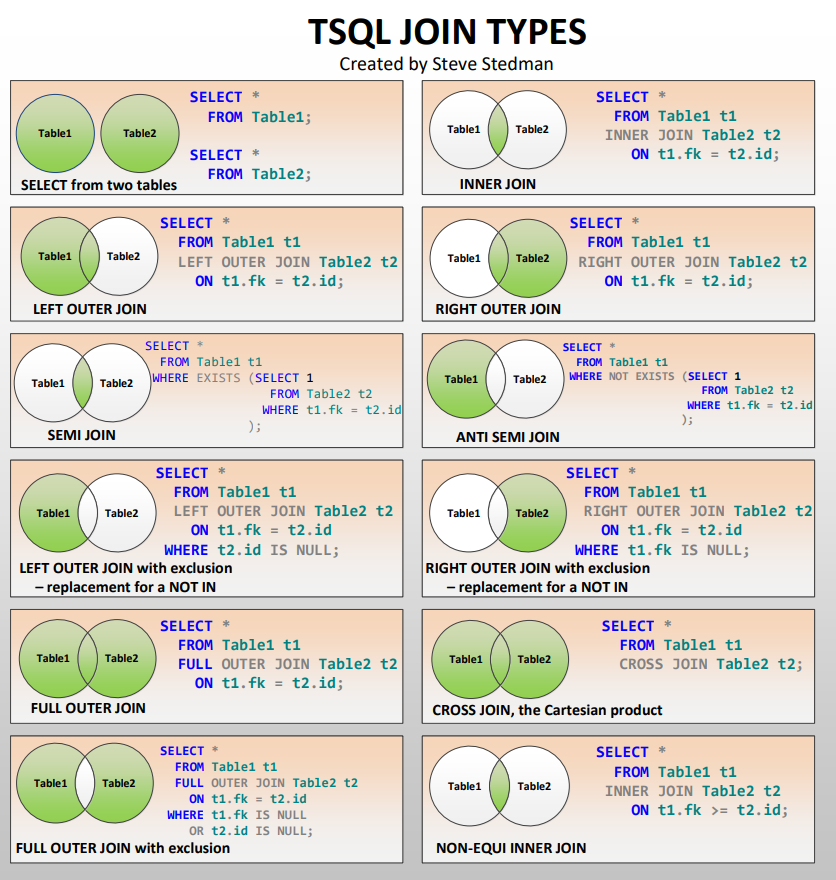Free JOIN Types Poster
One of the most important operations in SQL Server is joining tables. Joining tables involves combining data from two or more tables based on a common column or set of columns. To help SQL Server users better understand the different join types and their uses, Steve Stedman has created a free SQL Server Joins poster. The SQL Server Joins poster …









